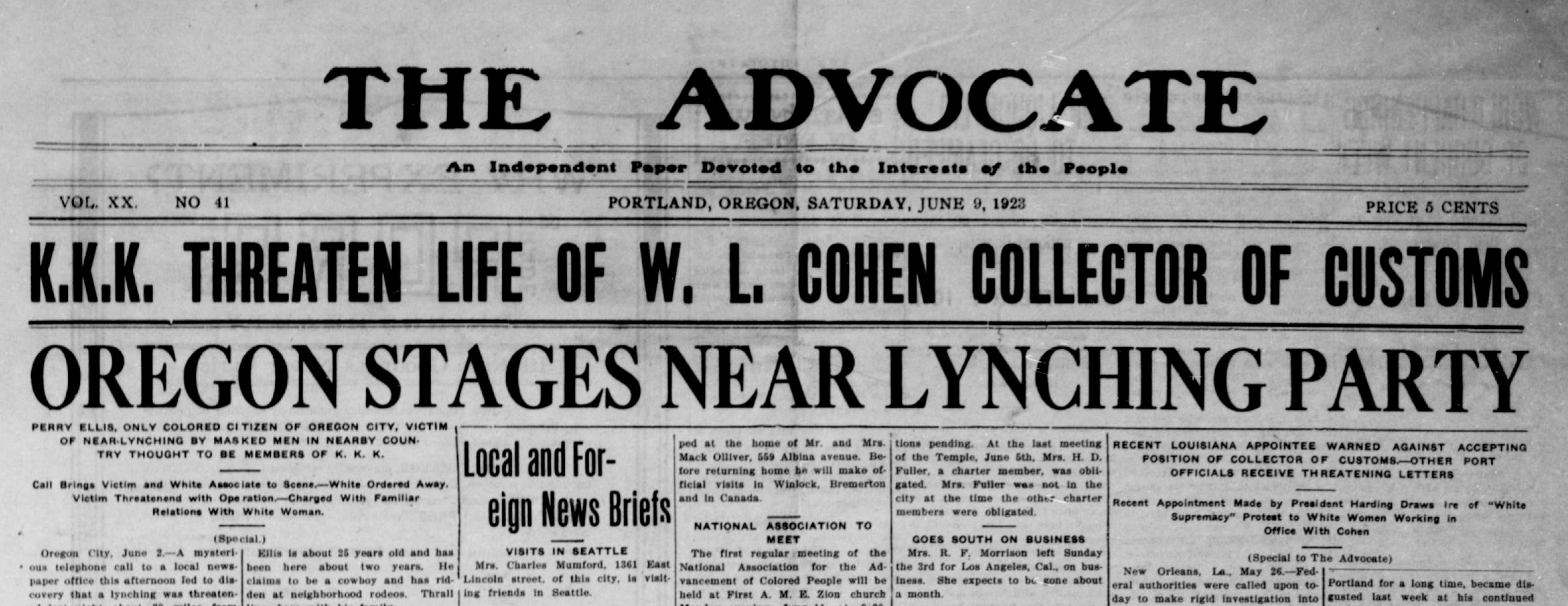The 2-Minute Rule for News Articles
Table of ContentsThe Main Principles Of News Articles The 7-Minute Rule for News ArticlesMore About News ArticlesNews Articles for Dummies7 Simple Techniques For News Articles
Excellent knowledge of various subjects offers pupils a competitive side over their peers. Although electronic and social media are conveniently obtainable, we need to not neglect how crucial it is to review the papers. Parents need to attempt and inculcate the routine of reviewing a paper as a day-to-day regimen to proceed the heritage of the revered print medium.News tales also include at the very least one of the complying with essential features family member to the desired target market: proximity, prestige, timeliness, human rate of interest, quirk, or repercussion.
Within these restrictions, newspaper article also aim to be comprehensive. Nevertheless, other variables are involved, some stylistic and some stemmed from the media type. Amongst the larger and much more highly regarded newspapers, fairness and equilibrium is a major consider offering info. Commentary is normally restricted to a different section, though each paper may have a various total angle.
Papers with a global target market, for instance, often tend to make use of a more official design of writing. News Articles.; common design guides consist of the and the United States News Style Book.
How News Articles can Save You Time, Stress, and Money.
As a policy, reporters will certainly not use a long word when a short one will do. They make use of subject-verb-object building and vibrant, energetic prose (see Grammar). They supply anecdotes, instances and allegories, and they seldom rely on generalizations or abstract concepts. News authors attempt to prevent utilizing the exact same word extra than as soon as in a paragraph (occasionally called an "echo" or "word mirror").
Headings occasionally leave out the topic (e.g., "Leaps From Watercraft, Catches in Wheel") or verb (e.g., "Feline female lucky"). A subhead (likewise subhed, sub-headline, subheading, subtitle, deck or dek) can be either a secondary title under the primary headline, or the heading of a subsection of the post. It is a heading that comes before the major message, or a group of paragraphs of the major message.

of an article subject, informant, or interviewee), it is described as a drawn quotation or draw quote. Added signboards of any one of these types might show up later on in the article (specifically on succeeding web pages) to lure additional analysis. Journalistic websites sometimes from this source utilize animation techniques to switch one billboard for one more (e.g.
Little Known Questions About News Articles.
Such signboards are additionally utilized as visit the website guidelines to the post in other areas of the publication or website, or as ads for the piece in various other magazine or sites. Press launch of the Swiss government. Regular framework with title, lead paragraph (recap in strong), various other paragraphs (details) and call info.

Example of a hard-lead paragraph NASA is recommending one more space task. The budget demands around $10 billion for the project.
An "off-lead" is the second most vital front page information of the day. To "bury the lead" is to start the short article with history info or information of additional importance to the viewers, forcing them to review more deeply right into a post read review than they need to have to in order to discover the essential factors.
What Does News Articles Do?
Common usage is that one or 2 sentences each form their very own paragraph. Journalists typically describe the company or framework of an information story as an inverted pyramid. The crucial and most intriguing components of a tale are put at the beginning, with sustaining info complying with in order of reducing relevance.
It permits individuals to discover a subject to just the deepness that their interest takes them, and without the charge of details or nuances that they might take into consideration irrelevant, but still making that information readily available to much more interested visitors. The upside down pyramid framework likewise enables articles to be cut to any kind of arbitrary length throughout design, to fit in the space readily available.
Some authors begin their tales with the "1-2-3 lead", yet there are numerous kinds of lead available. This format usually begins with a "5 Ws" opening up paragraph (as described over), complied with by an indirect quote that serves to sustain a major component of the very first paragraph, and after that a direct quote to sustain the indirect quote. [] A kicker can describe multiple points: The last tale current program; a "pleased" tale to end the program.
Longer posts, such as magazine cover short articles and the pieces that lead the inside sections of a newspaper, are referred to as. Feature tales vary from straight news in a number of methods. Foremost is the lack of a straight-news lead, the majority of the moment. As opposed to using the essence of a story in advance, feature writers might attempt to draw readers in.
Some Ideas on News Articles You Need To Know
A function's very first paragraphs commonly connect a fascinating minute or event, as in an "anecdotal lead". From the particulars of a person or episode, its view promptly widens to generalizations concerning the story's subject.

The Editor's Tool kit: A Referral Guide for Beginners and Professionals (2001) Allan M. Siegal and William G. Connolly. The New York City Times Guidebook of Style and Use: The Official Design Overview Utilized by the Writers and Editors of the Globe's Many Reliable Newspaper (2002) M. L. Stein, Susan Paterno, and R.
Comments on “The Greatest Guide To News Articles”